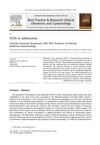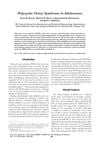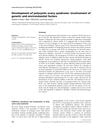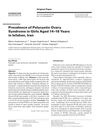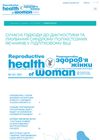Period Problems: Disorders of Menstruation in Adolescents
June 2010
in “
Archives of Disease in Childhood
”
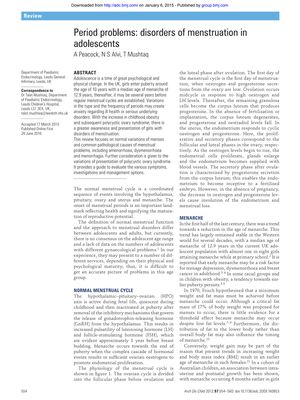
TLDR Menstrual disorders are common in adolescents and can be influenced by weight, activity, and health issues, requiring careful evaluation and more research for effective treatment.
The document from 2010 reviews menstrual disorders in adolescents, noting that regular menstrual cycles may take years to establish post-menarche, which typically occurs at a median age of 12.9 years in the UK. It discusses the normal physiology of menstruation, variations, and common issues such as amenorrhea, dysmenorrhea, and menorrhagia, with a particular focus on polycystic ovary syndrome (PCOS). The review points out the difficulty in defining normal menstrual function in adolescents compared to adults and the challenges in collecting accurate data on adolescent gynecological problems. It also examines the impact of body weight, eating disorders, and intense physical activity on menstrual function and bone health. The document reports that menstrual dysfunction was found in 23.5% of 170 adolescent athletes, and 23% of 106 teenagers with heavy periods had a bleeding disorder. Treatments discussed include NSAIDs, antifibrinolytics, and contraceptive pills for various conditions, while the efficacy of metformin for PCOS is uncertain. The review underscores the importance of evaluating menstrual disturbances in adolescents due to potential underlying metabolic issues and the need for further evidence to guide treatment, especially for PCOS.
